Signs of Body Repair: How to Detect and Avoid Buying a Damaged Car
How to determine if a car has been in an accident? Signs of body repair will help identify hidden damage and avoid buying a car with a problematic past.
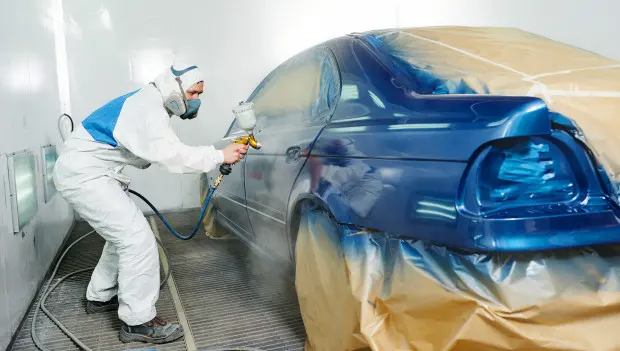
Signs of body repair — markers indicating that a car has undergone restoration after damages. They help assess the true condition of the vehicle before purchase.
What to look for? Uneven gaps between parts, traces of putty, repainted elements, or differences in paint shades — all these indicate hidden defects. Checking in professional conditions will provide a precise answer.
How to Conduct a Proper Car Inspection to Identify Body Repair Signs
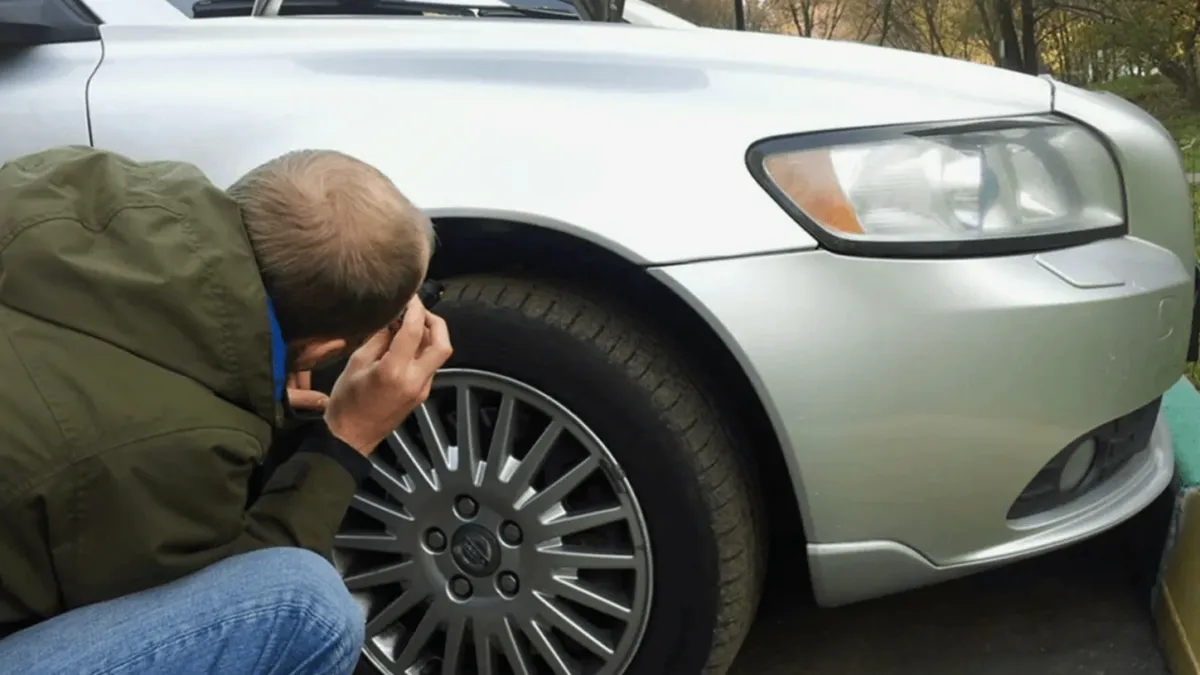
Before starting the car inspection, first check the body VIN number for compliance with the documents and use a specialized service to check the car's history. Then proceed to the visual inspection of the vehicle. Start with a general overview of the car from a distance of 5-10 meters, allowing you to form an initial impression of its condition. Then move to a detailed inspection.
Inspect the car from different angles, paying attention to the following aspects:
- Condition of anti-corrosion protection. Recent cars should not have corrosion. The first signs of rust may appear after 5-7 years of use, but in minimal quantities. Extensive corrosion on vehicles less than 15 years old indicates inadequate maintenance or intensive use. First, examine the sills, wheel niches, lower parts of the doors, and the area under the bumper – rust appears first in these areas.
- Condition of the body relative to its age. Used cars should have natural signs of use: minor scratches, insignificant damages. Their absence – a clear sign of body repair. It's also suspicious if one part of the body looks worn while the other looks new: normal wear distributes evenly.
- Functionality of opening elements. When checking, ensure that the doors, hood, and trunk open and close without strange noises or obstructions. Any deviations in operation may indicate recent body repair.
If you have a car paint thickness gauge – a device for measuring paint thickness, it is recommended to conduct a thorough car body examination, taking measurements every 20-25 centimeters. A thickness greater than 300 microns in any area will indicate repair work. Note that using a thickness gauge will not provide useful information in the case of a total part replacement, as the factory paint coating meets standard parameters.
What Body Repair Signs Indicate
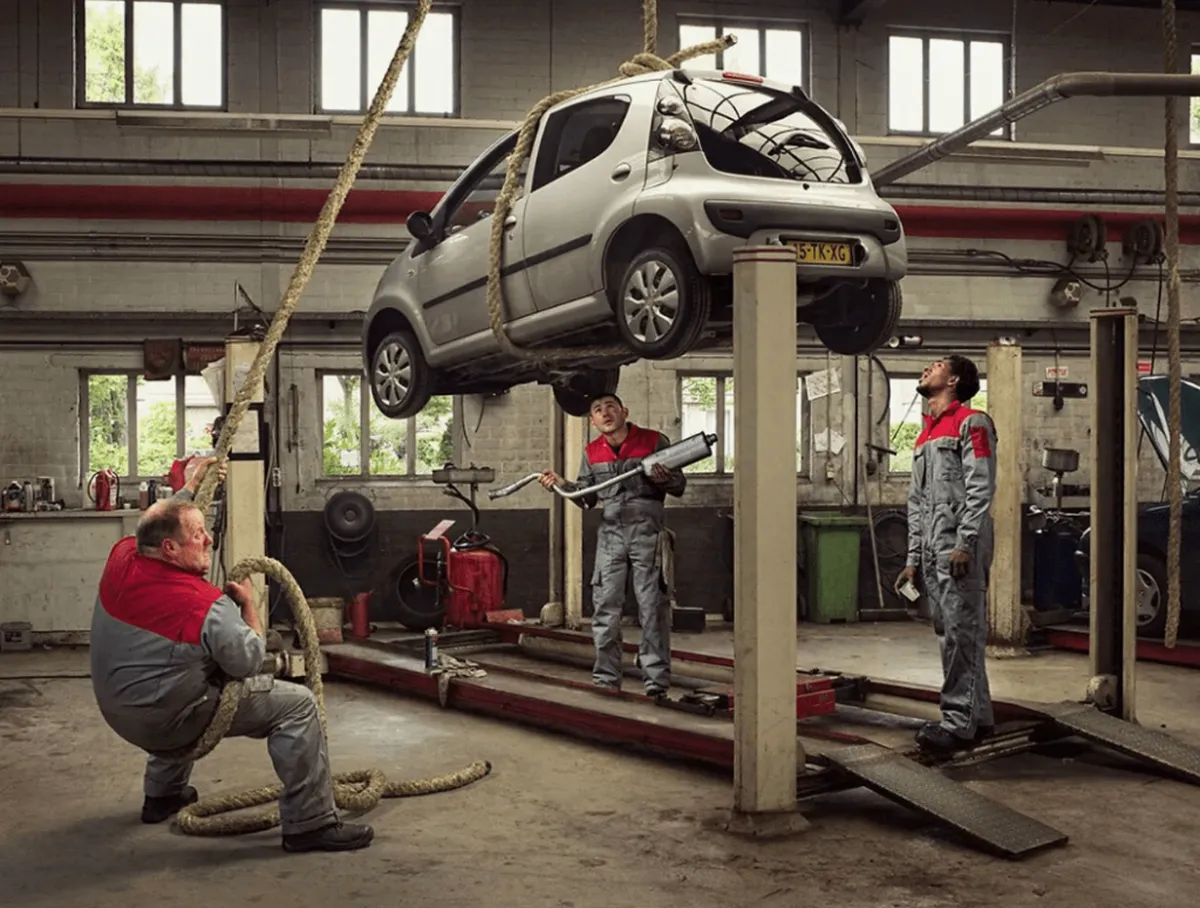
1. Change in Body Color
The main sign that the body has been repainted is differing shades on various parts. Walk around the car from all sides, examining each detail carefully. Ideally, all elements should be the same color from any angle. It's important to remember that when viewed from different angles, the color may shift differently.
A repainted door is easy to identify by its darker shade compared to other body panels. This is due to an incorrect color match.
For pearl and metallic paints, it's important to transition onto adjacent parts, and both elements must be lacquered simultaneously. Following this rule avoids shade differences. However, if the part was repainted without following these principles, which often occurs, the painted area will noticeably differ from the non-painted one.
Also note that paint on plastic bumpers may slightly differ in color even from the factory. This is due to the specifics of the painted material.
2. Edges and Borders
During a visual inspection, it's important to carefully study the condition of edges, openings, and body panels. Exclude the presence of sharp transitions between external and internal parts of elements.
Pay special attention to openings – clear transitions from the outer surface of the panel to the opening are unacceptable. In the painting process, painters often use masking tape to protect borders, onto which a covering is then applied. After painting work and removing the tape, a small step may form between paint layers.
Modern technologies offer special foam tapes for openings that allow avoiding such borders. However, many specialists continue using traditional masking tape for cost savings.
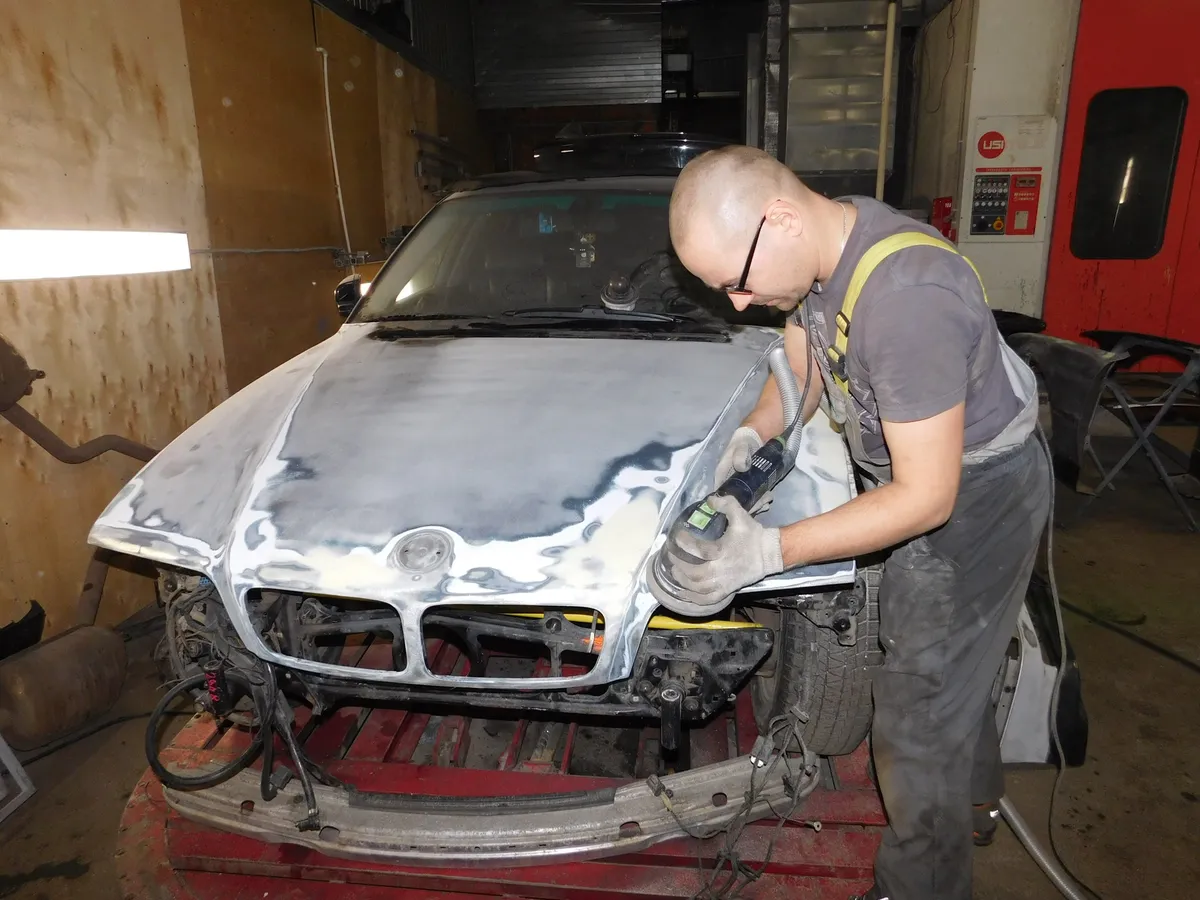
3. Gaps Between Body Parts
All gaps between body elements – fenders, trunk, doors, hood – must be identical on both sides. Doors should open and close smoothly without any strange noises. If the gaps differ, it's a sign of body repair, as the parts were likely removed for painting.
Though experienced technicians in professional auto repair shops can maintain correct gaps even after a serious accident, many Russian car owners prefer to turn to the insurance company or sell a damaged car at a low price, avoiding costly restoration of body geometry.
You can check the gaps using a folding knife, flat key, or finger. Simply insert the selected object into the gap on both sides and compare results. However, do not expect perfect geometry from cars 10-20 years old, as the likelihood that they have never been in an accident approaches zero.
4. Paint Overspray
When preparing body elements for painting, technicians often use cover materials and masking tape to protect surfaces that should not contact paint.
However, mistakes sometimes happen – unprotected areas may accidentally get splattered with paint. This can occur on the edges of sealing rubbers or the rubber corrugations of electrical wiring.
Such traces are usually easy to detect: on a light-colored body, they are noticeable in contrast with black seals. With dark cars, it's more challenging – such traces are significantly harder to find.
5. Body Parts, Paint on Bolts
If you notice scratches and chips on the hood, while other body elements – fenders, bumper, and others – look new, it's an obvious sign of body repair and should raise suspicion.
Although minor paint defects on used cars are common, an overly shiny, polished-looking surface indicates a recent repaint aimed at hiding significant issues. Leftover special paste may indicate polishing residue along the edges of treated parts.
Pay special attention to the mounting bolts of the hood and doors – the absence of factory paint on them indicates the removal of these elements. Professional painters usually try to recreate the factory paint, but it's still worth checking for thickness, drips, and runs. Some bolts may also have factory control marks, which significantly simplify the inspection.
6. Grinding Marks Under Paint
With severe damage to body parts, putty is often used, which is then ground to even out the surface. Traces from abrasive paper can remain after such treatment.
Any deviations are especially noticeable on dark cars under bright light. Generally, they occur due to violations in grinding technology and mistakes made. This is an important sign that should be focused on during the inspection.
5 Signs of Poor Body Repair Performance
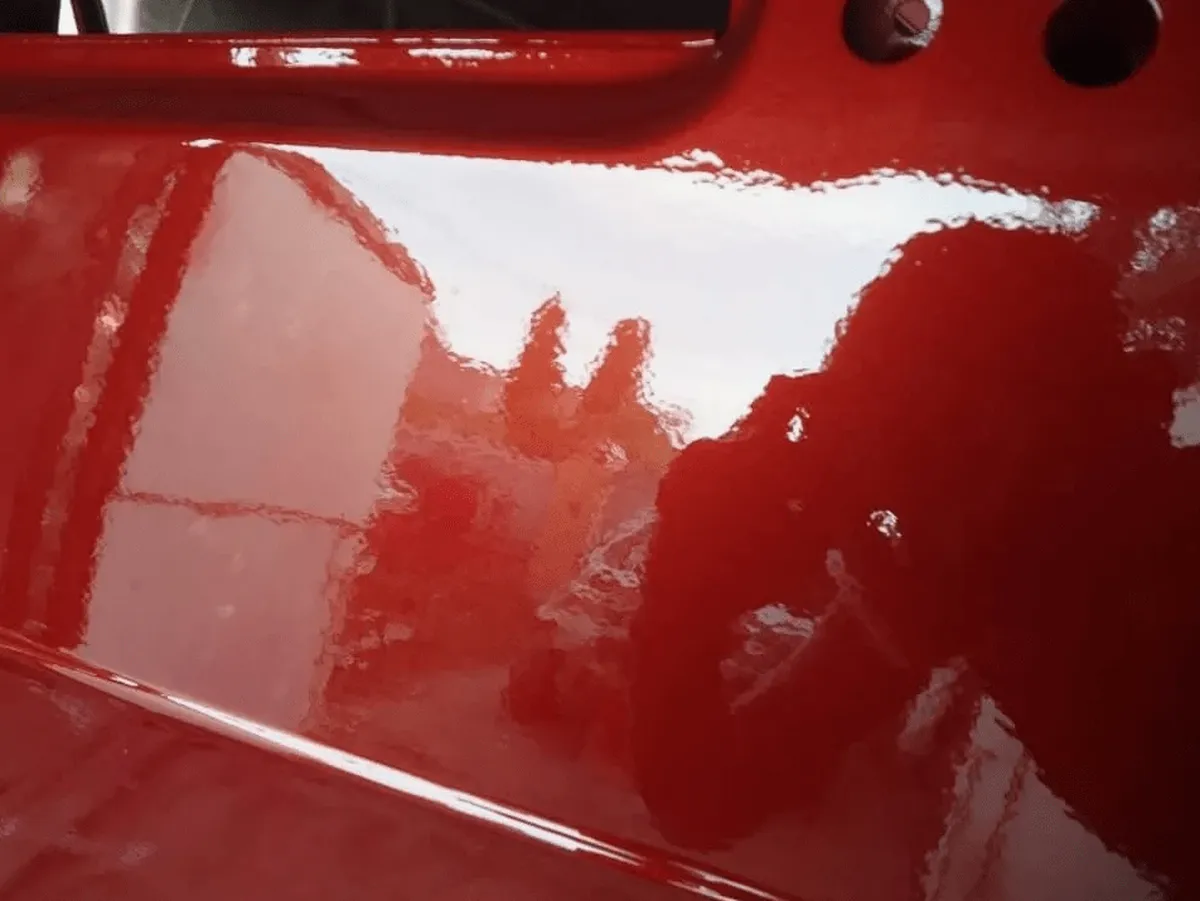
1. Insufficient Equipment and Incorrect Workspace Organization
When choosing a service shop for repair, it's important to evaluate the organization of the workspace. Quality body repair requires adherence to technological processes and enough space. Besides the qualification of the technicians, professional tools and equipment, organized in a special area, are needed. Quality repair cannot be done without specialized equipment: paint booths, professional welding machines, body repair frame machine, and other necessary gear.
Modern equipment allows for efficiently eliminating body damage. For instance, dents can be aligned without repainting, and minor defects are corrected without removing parts, preserving the original paint. Professional car or part painting requires a special paint booth with an air supply and filtration system.
A professional service shop is equipped not only with quality frame machines from reputable manufacturers but also with a measuring system with a computer database containing information about thousands of bodies from different automakers. This allows for accurate identification of the character and direction of each component deformation and its displacement degree relative to the factory parameters. Without such equipment, all work is visually performed, based only on the technician's experience and familiarity with the specific body type.
2. Insufficient Specialist Qualification
Even the latest equipment won't ensure quality repair without qualified specialists. Incorrect refitting of painted elements could lead to premature paint damage. Not only is a paint booth required, but the correct mode with even heating of painted parts is crucial.
In body repair, disassembling and assembling parts, originally not designed for dismantling by the manufacturer, often occurs. Therefore, it's essential to entrust the work to a skilled bodywork specialist who can avoid damage: won't break attachments or components. Turned to an inexperienced technician, even a simple scratch removal operation could lead possibly approach damage, which the specialist might try to hide using putty (a key sign of body repair) or poor-quality painting.
The experience of employees is a critical factor not to be ignored, and this experience should be documented through training and/or internships with various automakers, who develop strict standards for vehicle maintenance and repair. Such personnel development and repair quality control opportunities only exist one of the market's major players.
3. Lack of Warranty Obligations
Despite the complexity and significant financial expenses, body repair should not be considered a sentence for the car or its owner. The key factor is quality work done by professionals using modern equipment, following technologies, and using corresponding materials. With such an approach, the service center is responsible for its specialists' work, providing a guarantee.
Defects from body repair may not appear immediately, so it's crucial to evaluate the repaired car's performance under varying temperature and humidity levels, ensuring compliance with all technological norms in handling the body. Therefore, a warranty term of at least six months is necessary.
The issued warranty must be documented when signing the work completion certificate and backed by the center's technical capability. This means that upon warranty claims after six months, the company must continue to operate on the same site with specialists capable of rectifying identified shortcomings.
4. Paint Quality Problems
Factory paint succumbs to weather impacts and chemical exposure from washing and polishing, which leads to color change over time. This issue is especially noticeable in partial painting, for example, of a door. Accurate color matching requires not only a color chart but also specialized equipment and specialists with a color mix lab.
In cases of substandard work, technicians may use excuses like “the paint will fade over time” or “a new part always differs from the old.” Such phrases indicate unprofessionalism and an attempt to trick the customer. Upon car acceptance, the color of repaired parts must perfectly match the rest.
After painting, whether complete or partial, the painted parts must be meticulously inspected both in the repair zone, and outdoors. Comparing the coating under different lighting helps detect signs of body repair and poor paint jobs. If all technical conditions are met, the color on the repaired details will match the factory shade exactly, showing no roughness (orange peel effect) or inclusions and drips. For metallic or pearl effect cars, use a white paper sheet, placing it simultaneously on new and old parts for paint match validation.
5. Body Geometry Violation During Repair
The quality of restoring body geometry can be checked by how all elements open and close: doors, lids, and hatches. It’s important to evaluate the symmetry and consistency of gaps between all body parts, both repaired and original. Body geometry distortion can lead to alignment issues, causing accelerated tire wear and diminished steering control.
Some services attract clients with low prices, substituting complex and costly body shape restoration procedures with putty. With this approach, surface irregularities are corrected by applying thick putty layers, followed by priming and painting. For an inexperienced owner, the difference may be invisible, but over time, the putty begins to peel under the car's weight, deteriorating appearance and lowering resale value.
Work quality checks can be conducted with a thickness gauge, which measures non-metallic coating thickness. Professionally restored body geometry requires minimal putty use, as shown by the device.
Frequently Asked Questions About Body Repair Signs
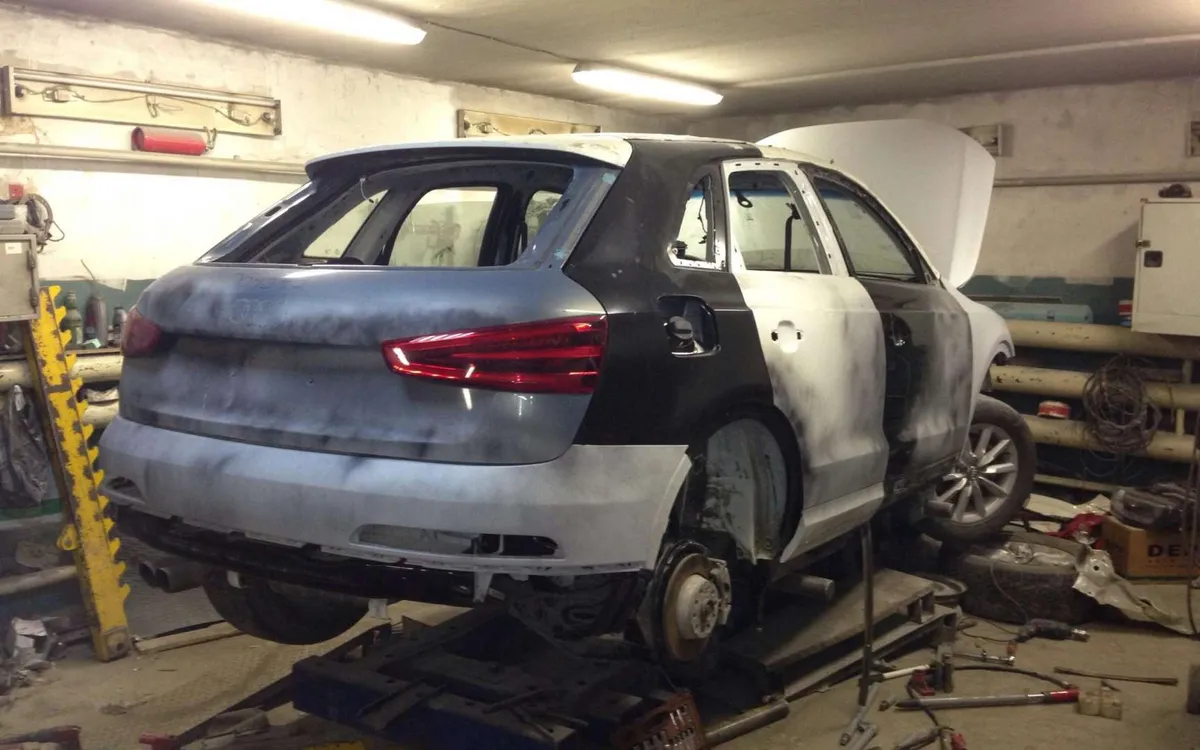
Can the condition of the headlights indicate body repair signs?
When inspecting car optics, pay attention to the uniformity of wear for all elements. Differences in transparency, presence of scratches, and inconsistent brightness may suggest headlight replacement after an accident. In cars that have experienced crashes, headlights from different manufacturers or production years are often found.
There are cases where in a collision, a headlight’s glass remains intact, although its body gets damaged. In such headlights, traces of moisture and drops on the internal surface can be found. After prolonged use in a damaged headlight, not only water but dirt also accumulates, sometimes a greenish layer appears.
Questionable headlights frequently suffer from fogging across the entire housing. Additionally, due to inaccurate geometric parameters, such headlights feature uneven gaps between body panels.
How to identify body repair signs using glass markings?
Glass replacement in a car can be detected by differences in markings. The key indicator – a number in the glass's lower part, which should match the car’s production year on all windows by default. Discrepancy could indicate glass damage from an accident or criminal activities.
Special attention should be given to the windshield, constantly exposed to the sandblasting effect from moving air particles. Minor scratches and indentations appear within 4-5 years of usage.
Experts classify the windshield as a consumable, so a 80,000 km mileage car with damage or replaced glass shouldn’t surprise. However, for a three-year-old car with 30-35,000 km, this may signal potential body repair requiring further inspection.
What else can be done to detect body repair signs?
To recognize extensive body repairs, thoroughly examine glossy areas of the paint finish. When checking side panels, ensure you view from various angles since direct viewing could conceal defects and inconsistencies. Special attention is paid to the perfectness of reflections and straightness of lines.
Check hood and fender mounting bolts – their color should align with attached part colors. Also, measure paint thickness on metal parts using a thickness gauge.
It's advised to comprehensively review each panel, especially those areas raising suspicion. Factory painting should have uniform primer and paint thickness over the entire body.
When inspecting a car, always be vigilant for any signs of body repair. Remember, even small corrosion spots could evolve into serious damage, threatening body geometry integrity and potential steering control problems.
You may also be interested in the news:
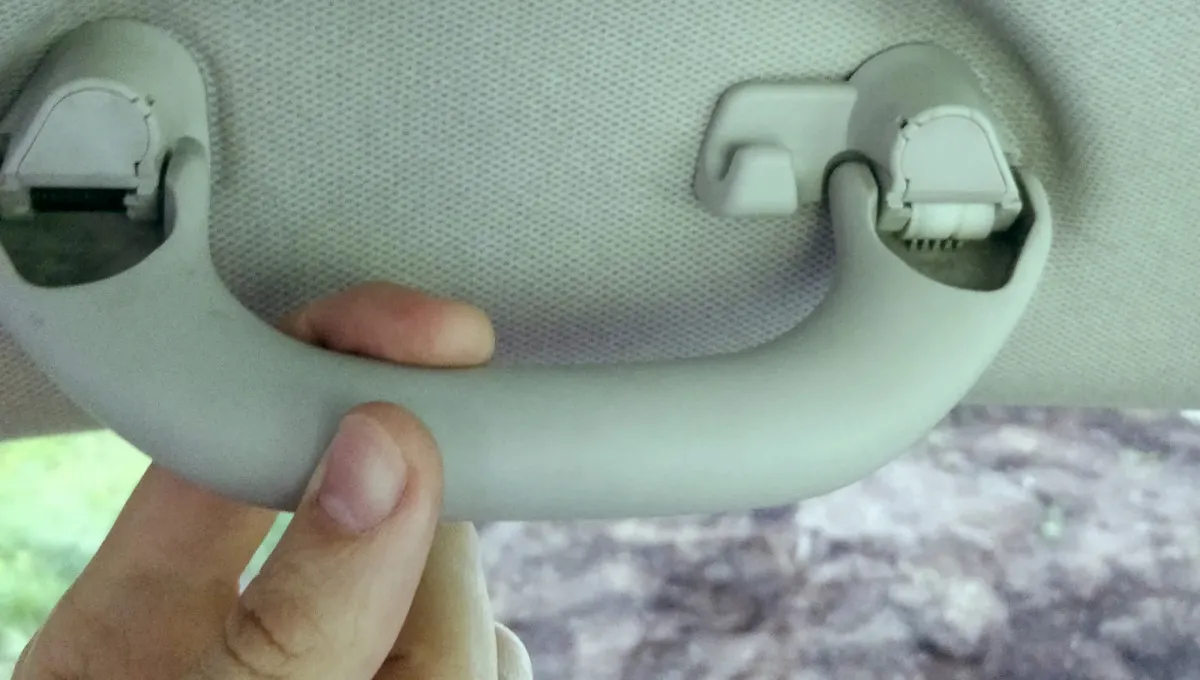
Why Cars Have a Grab Handle Above the Window—and What the Small Hook Beside It Is For: If You Didn’t Know, You’re Not Alone
As a longtime driver, I’ve heard this more than once—not all drivers and passengers actually know the real purpose of the grab handle and the little hook.
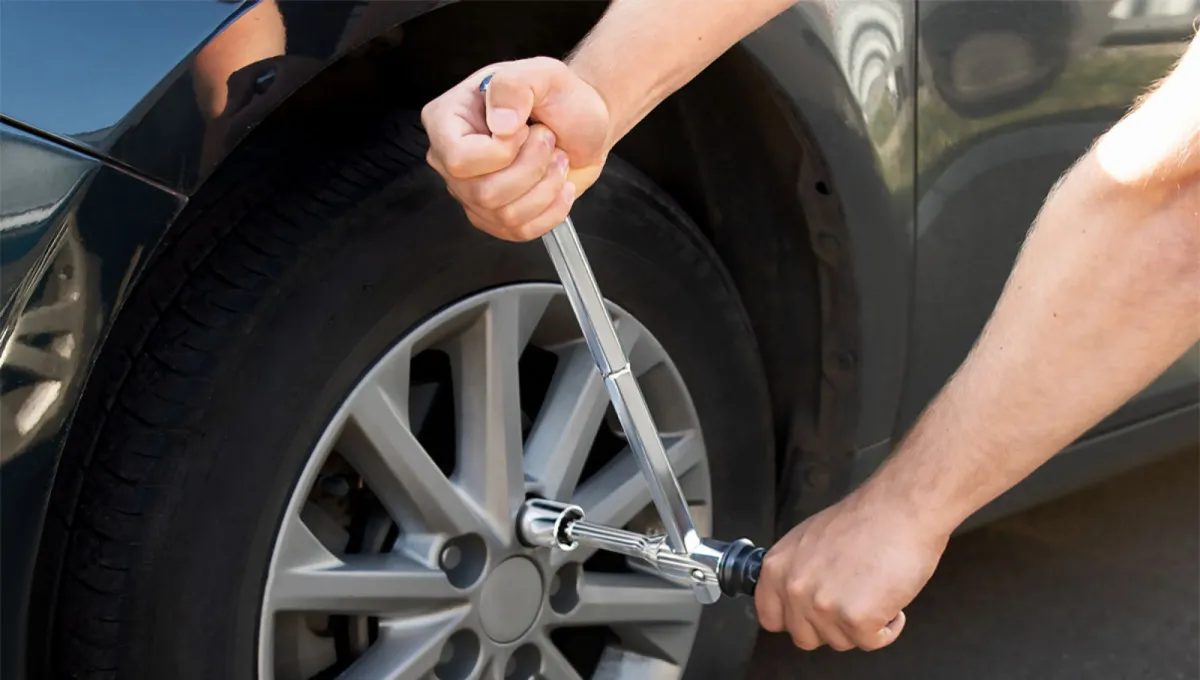
Most Drivers Get It Wrong: What to Use on Lug Nuts to Keep Them from Seizing
As an experienced driver, I know firsthand that a seized wheel bolt is far more than a minor inconvenience.
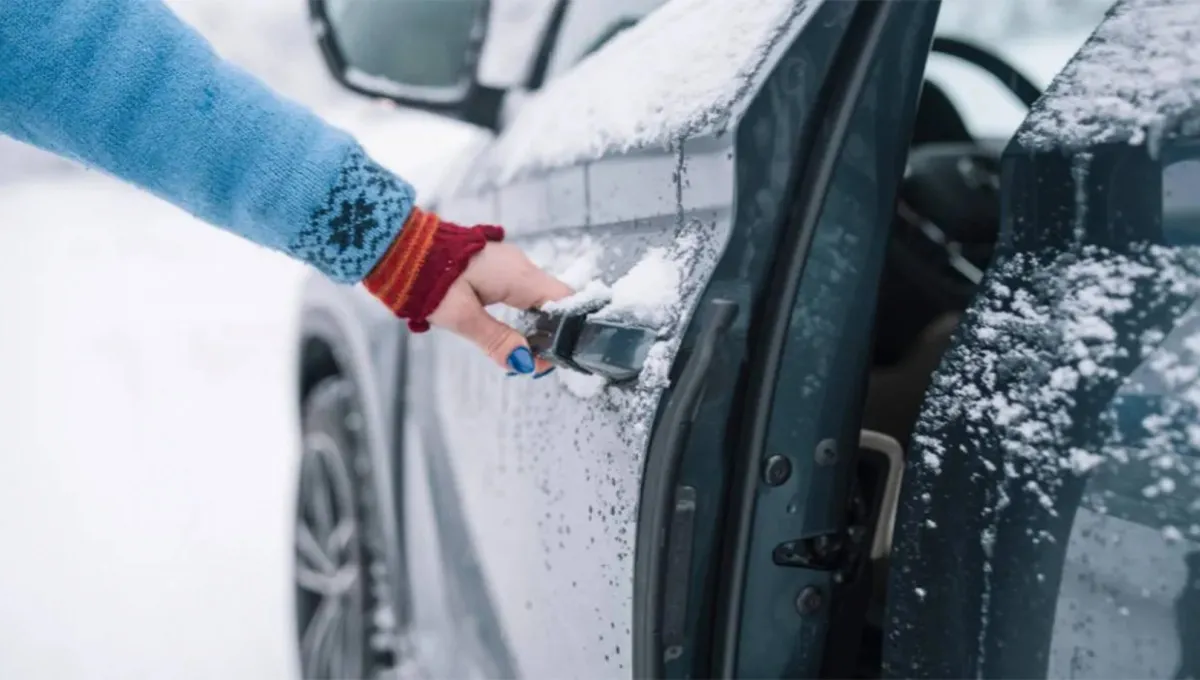
What to Do If Your Car Door Freezes Shut: Tips for Drivers — How to Fix it Fast
Car door won’t open in the cold? Here’s how to fix it fast – unexpected life hacks included.
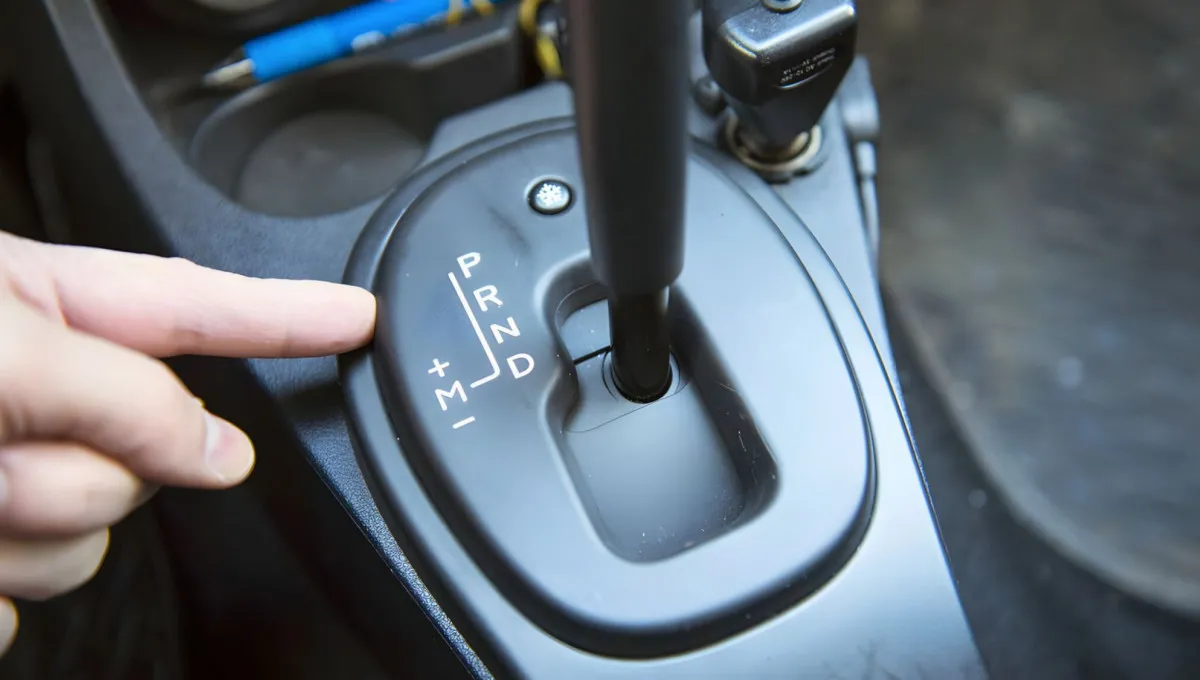
“Many Drivers Still Don’t Get It”: When to Use the + and – Modes on an Automatic Transmission—and Why They Matter
Most owners of automatic cars have never even tried manual-style shifting.

The Best Crossovers for American Retirees: Six Affordable Picks for 2025
Choosing the right crossover for an American retiree in 2025 has never been easier.